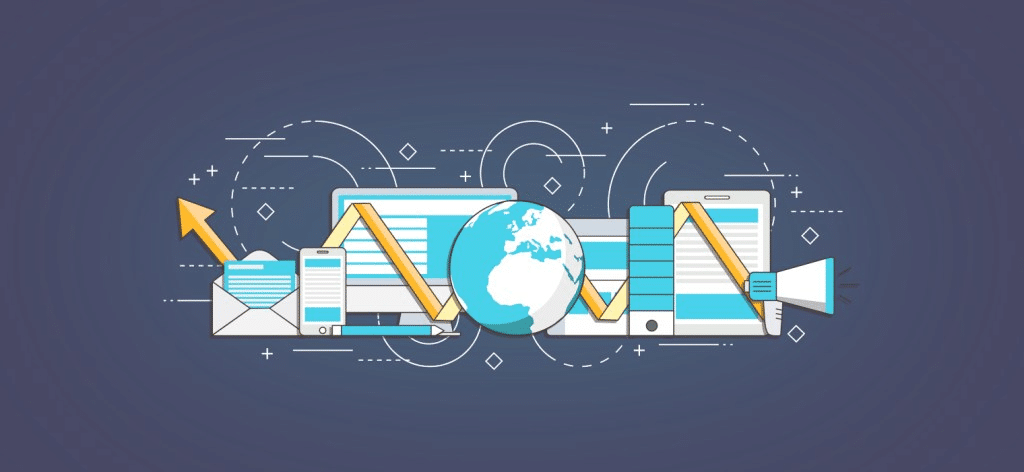Microsoft's Power BI platform is dedicated to business intelligence, data analysis and data visualization. This software tool provides real-time analysis in the form of visualizations. Although intuitive to use, it is often necessary to create formulas and expressions to analyze data. To do this, we use DAX. The DAX or Data Analysis Expressions language is used to create formulas and expressions in Power BI and various data analysis services such as Microsoft SQL Server or Excel Power Pivot. It offers great flexibility for data analysis tasks.
What is Power BI?
Power BI is a Business Intelligence tool and Data Visualization platform from Microsoft. It enables organizations to analyze data and generate reports.
Power BI comes with a wide range of tools, applications and connectors to deliver actionable insights, immersive visuals and interactive reports.
It’s a self-service Business Intelligence platform. This means it’s easy to aggregate, analyze and visualize data, and produce high-quality reports. Data can be extracted from multiple sources such as Oracle, SAP or any data warehouse. Different types of data are supported, from simple Excel files to vast volumes of Big Data.

Power BI’s extensive functionality enables you to create charts, diagrams, dashboards and reports to analyze data and measure key performance indicators.
Power BI can be used as local software with Power BI Desktop, or as a Cloud service with Power BI Service. Mobile applications for iOS and Android are also available.
With the latest versions of Power BI, artificial intelligence features make it possible to deploy techniques such as image recognition or text analysis, develop Machine Learning models, and easily extract insights from structured or unstructured data.
Power BI’s key benefits include simple integration thanks to data connectors, artificial intelligence features, report sharing tools, real-time dashboards and customizable visualizations.
What is Power BI DAX?
The DAX (Data Analysis Expression) language lets you perform specific data analysis tasks using predefined codes. It can be used with Power BI, Microsoft SQL Server and Excel Power Pivot.
All in all, the DAX Library brings together over 200 functions, operators and constants to provide the ultimate in data analysis flexibility. New functions are added regularly.
While it’s fairly easy to create reports from data with Power BI, the task can become complicated for complex analyses. That’s why we use DAX.
How do I learn to use DAX Power BI?
Power BI is used by data professionals around the world to analyze data from multiple sources and create reports or dashboards. The tool offers data import, transformation, analysis and visualization capabilities for the entire Business Intelligence process.
Mastering Power BI and the DAX language is a highly sought-after business skill. To discover the platform and learn DAX formulas, turn to DataScientest.

Our Power BI editor training course teaches you how to use the software in just five days. At the end of the course, you can take the PL-300 exam and obtain Microsoft Associate Data Analyst certification.
The program modules cover a general introduction to Power BI, data transformation with Power Query, data modeling and the DAX language, data visualization and workspace management.
By the end of the course, you’ll have mastered raw data analysis, data sorting and modification, transformed data modeling and dashboard creation. You’ll have all the skills you need to use Power BI and pass the PL-300 exam.
All our training courses are distance learning. Don’t wait any longer and discover DataScientest’s Power BI training.
You now know everything about Power BI DAX. For more information, see our complete dossier on Power BI.










